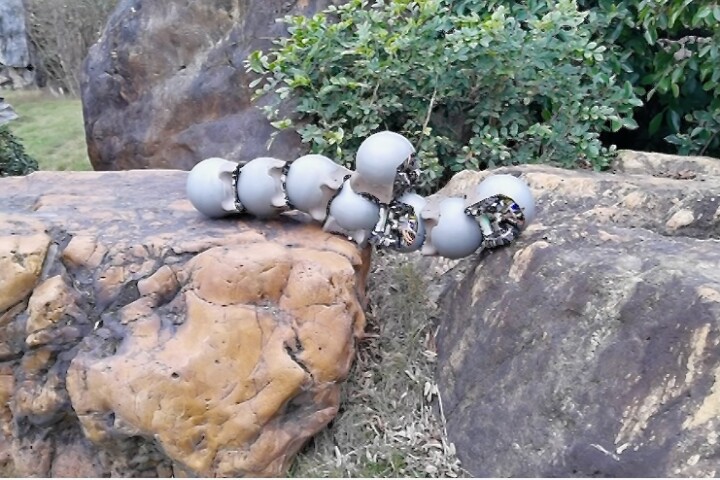Manipulating microbes to work for us has been a staple of human civilization for millennia, since we learned how to use yeast to make bread and booze. In a modern breakthrough, scientists have now created semi-living “cyborg cells” that can survive in environments natural cells can’t.
The new study falls in the field of synthetic biology, which essentially means applying engineering principles to biological systems and organisms to grant them new abilities. That can be done in a few different ways – living cells can be genetically engineered to produce drugs, break down plastic or even store data. Or scientists can design brand new synthetic organisms from scratch.
For the new study, researchers at UC Davis developed a third method, which is kind of a hybrid of the other two. They took existing, living bacteria and infused them with the building blocks of an artificial polymer. When the cells were exposed to UV light, the polymer began to cross-link into a hydrogel, giving them a sturdier shell.
The end result is what could be called a cyborg cell – the bacteria can still perform most of their biological activities, including their metabolism, moving around and producing proteins, but they can no longer divide and grow.
“The cyborg cells are programmable, do not divide, preserve essential cellular activities, and gain nonnative abilities,” said Cheemeng Tan, senior author of the study.
In tests, the cyborg cells were much better at surviving in conditions that would normally kill unmodified cells, including exposure to hydrogen peroxide, antibiotics and high pH levels. In other experiments, the team tweaked the cyborgs so they were able to invade lab-grown cancer cells, which suggests that they could eventually find use in diagnosing disease and delivering drugs to treat them.
The team plans to continue investigating the cyborg cells to find ways to control them better, try out other polymer materials, and potential applications for them.
The research was published in the journal Advanced Science.
Source: UC Davis




